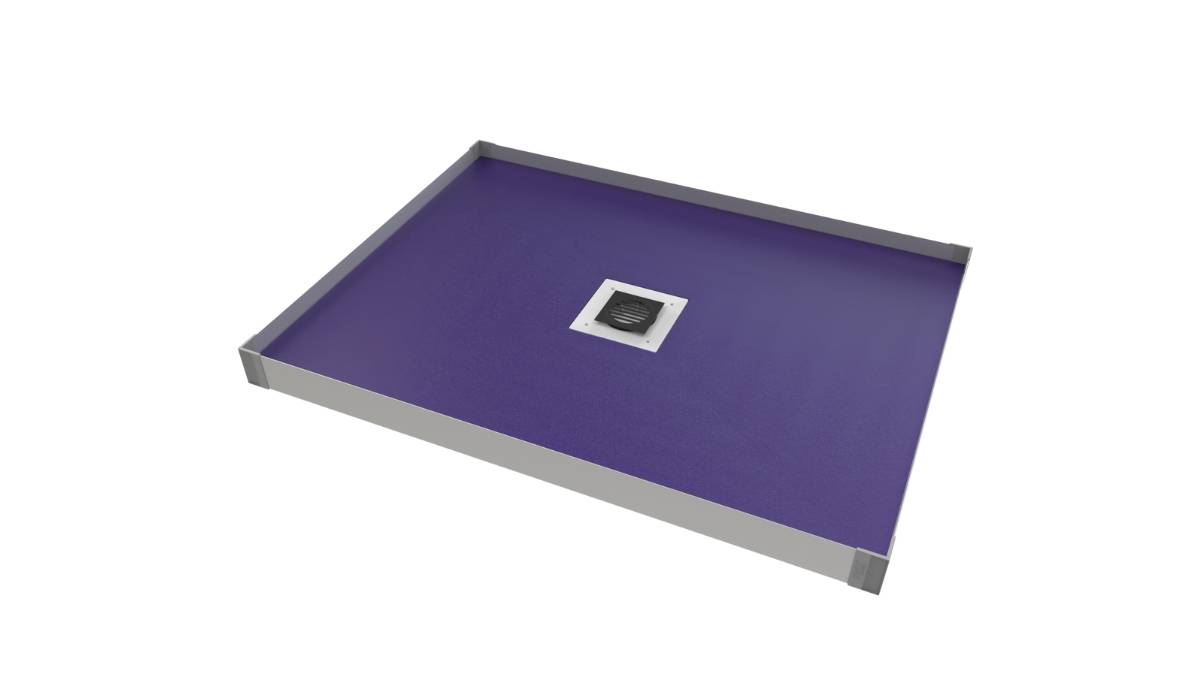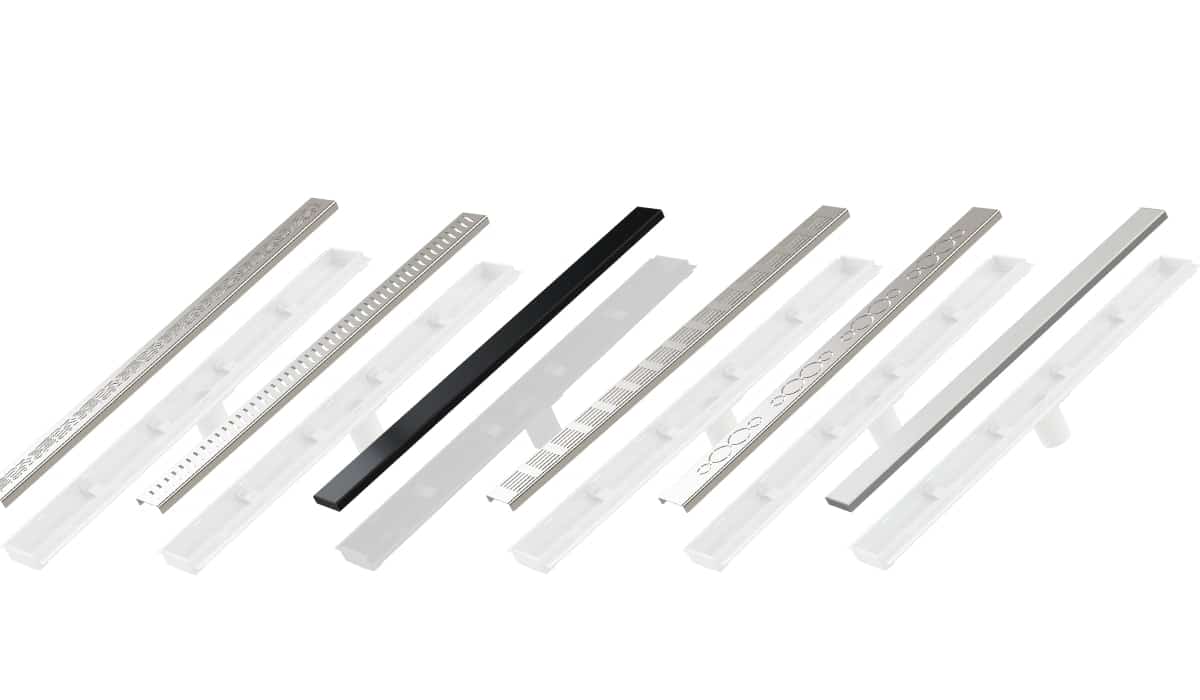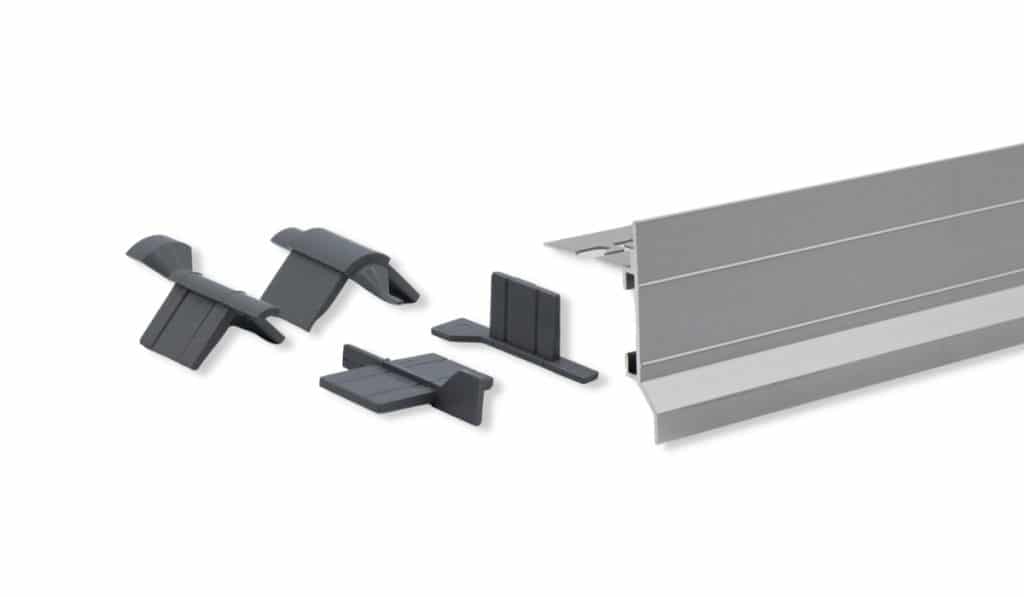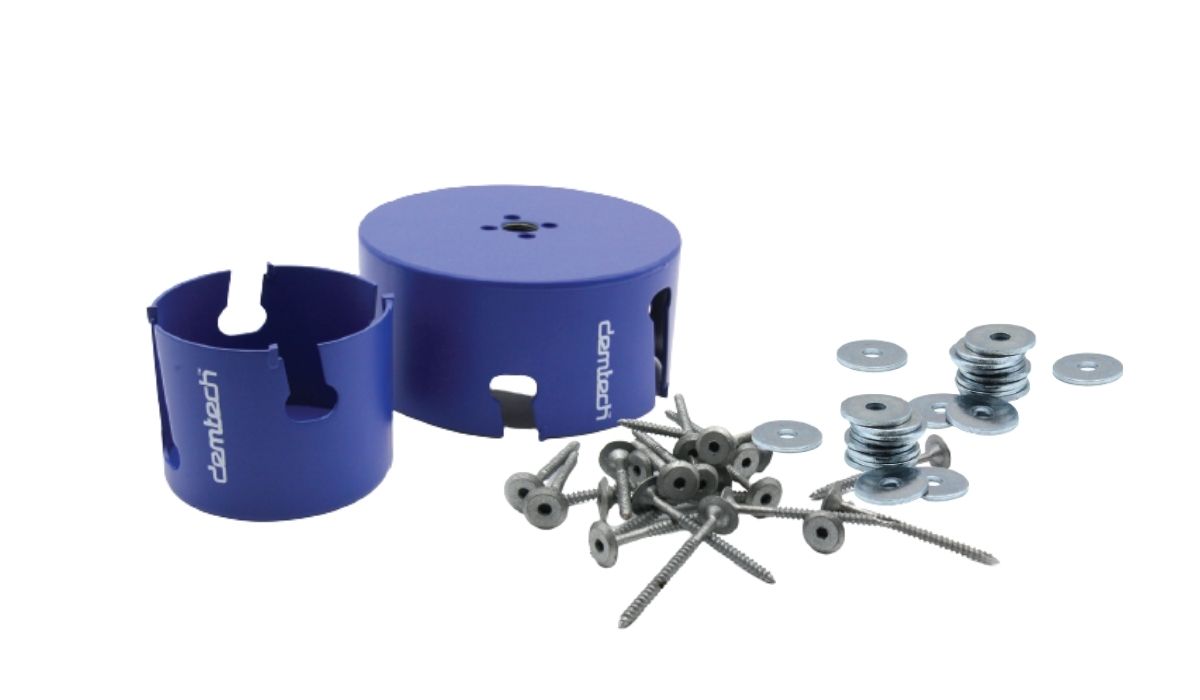The National Construction Code (NCC) 2022 has recently undergone updates that will greatly impact new residential home designs in Victoria, specifically in the areas of livable housing design, energy efficiency, and condensation mitigation. These reforms represent the most substantial changes to Australia's building code in 25 years, and it's crucial for anyone considering building a new home to be informed about these key changes.
Livable home design features
The livable housing design standard requires that new residential buildings incorporate specific accessibility features. These new standards are more extensive than previous changes, addressing the internal design and layout of the home, including wider hallways, doorways, and ground floor access.
The goal of the new housing regulations is to make it easier for people to access and move around their homes. This will help ensure that the dwellings can better cater to the needs of the community, including seniors and those with mobility issues.
A house built in accordance with the livable housing design standard includes several key features, some of which include:
Step-Free Showers
Another crucial requirement of the NCC 2022 is that at least one shower in a new home must have a hobless and step-free entry. This design element facilitates easy accessibility without any barriers, allowing individuals with mobility issues to enter and exit the shower safely. Luckily, Demtech offers pre-formed bases specifically designed for zero-threshold showers to help builders meet this requirement effortlessly.
In addition to these new accessibility mandates, The Australian Building Codes Board (ABCB) Housing Provisions determines that building elements in wet areas must be protected with a waterproofing system.
Wet area waterproofing requirements
A home built in accordance with the wet area waterproofing specification features several key elements, some of which include:
Waterproofing of Wet Areas
In addition to accessible showers, the NCC now mandates floors and walls must be waterproof up to a minimum height of 1800mm to prevent water damage and ensure the longevity of the wet area. This is just one of many new waterproofing regulations builders and designers must adhere to in order to comply with the updated NCC standards.
Falls to Floor Wastes
Where a floor waste is installed, the minimum continuous fall of the floor plane to the waste must be 1:80. Additionally, there is a new maximum continuous fall of 1:50 to a waste. Fortunately, Demtech offers pre-formed internal subfloor panelling systems with integrated falls, to ensure builders are meeting these new requirements each and every time.
If you are interested in learning more about how Demtech can help you comply with the NCC 2022 changes for residential bathrooms in Victoria, contact us today. We are here to support you every step of the way in building compliant and aesthetically pleasing wet areas.















